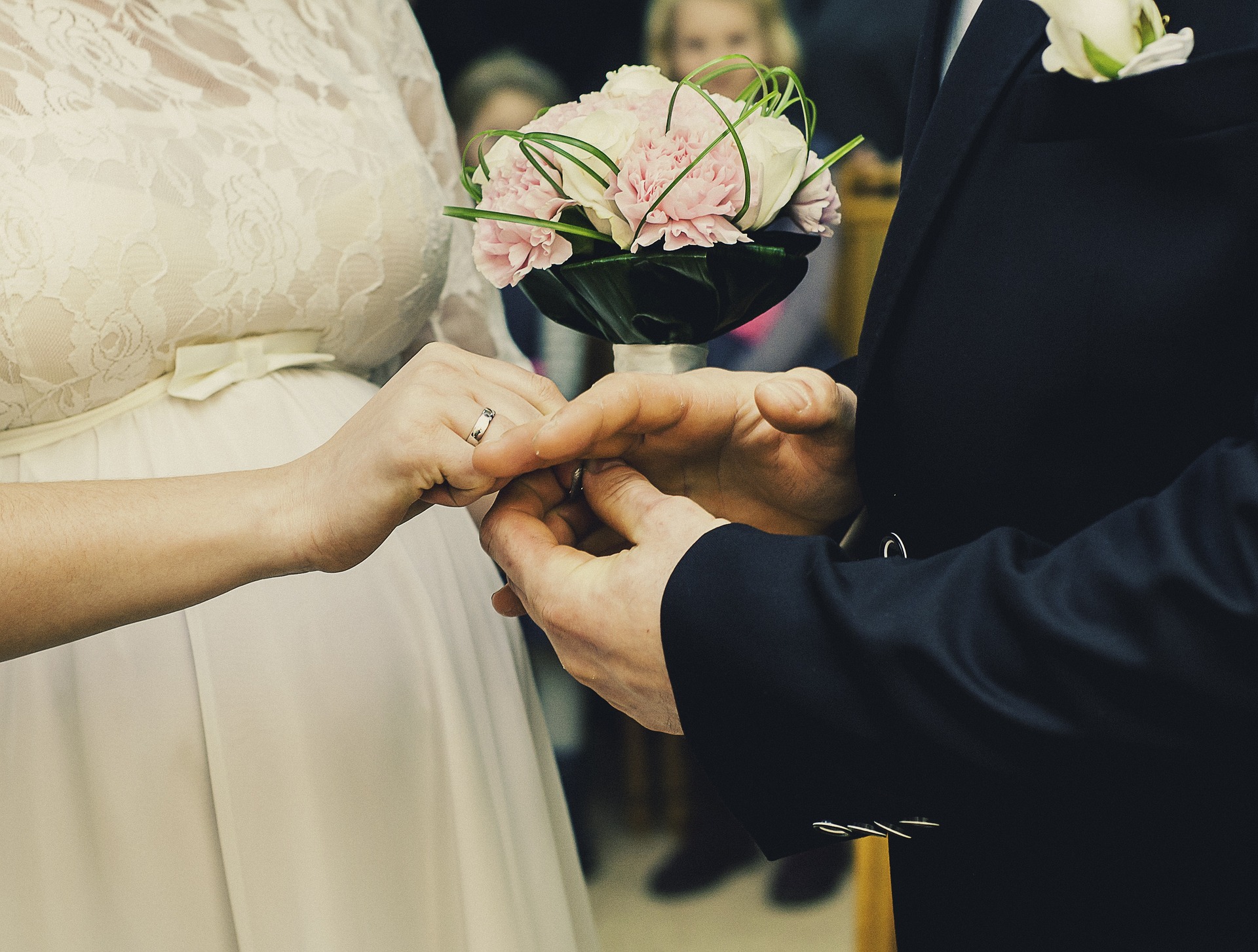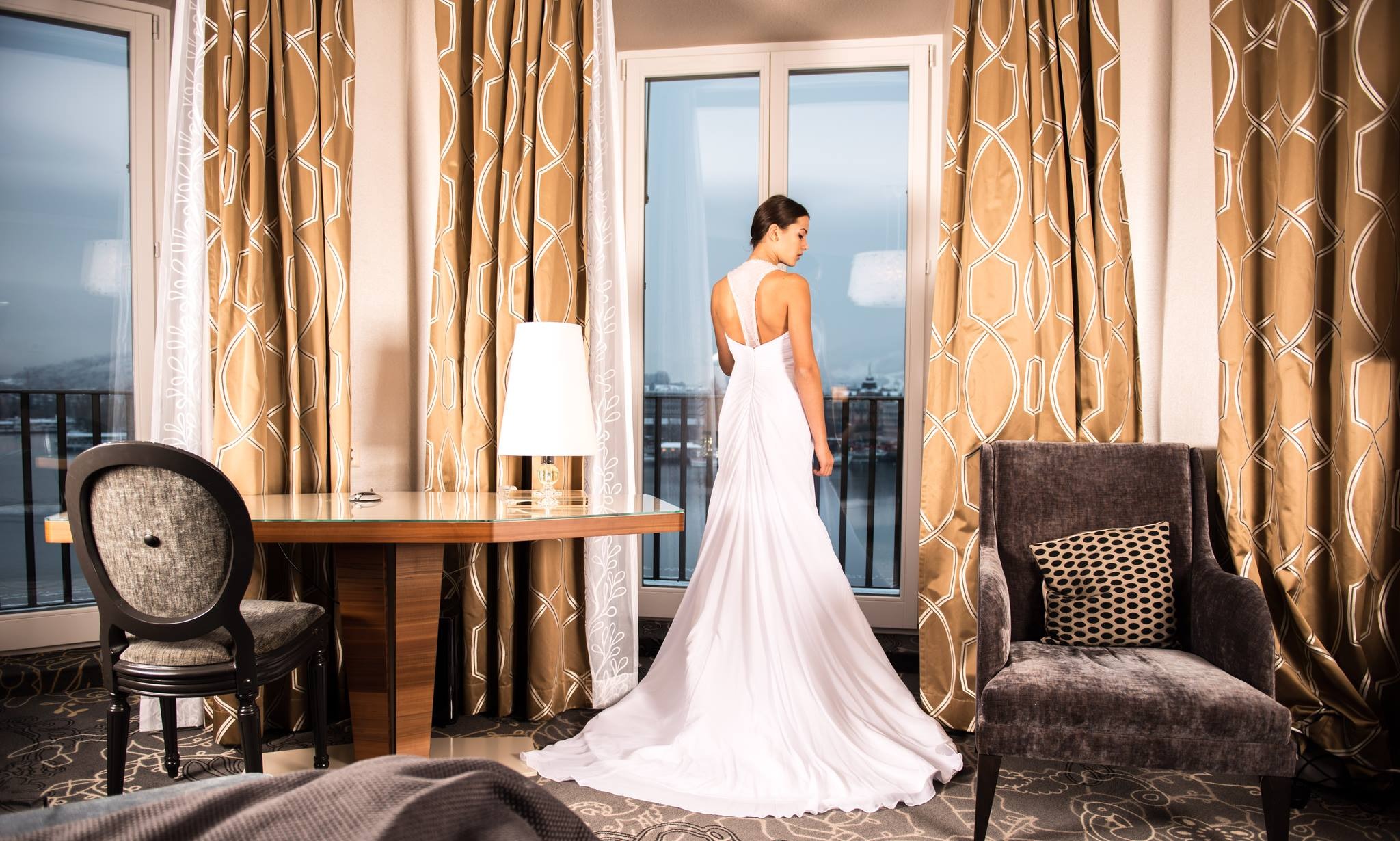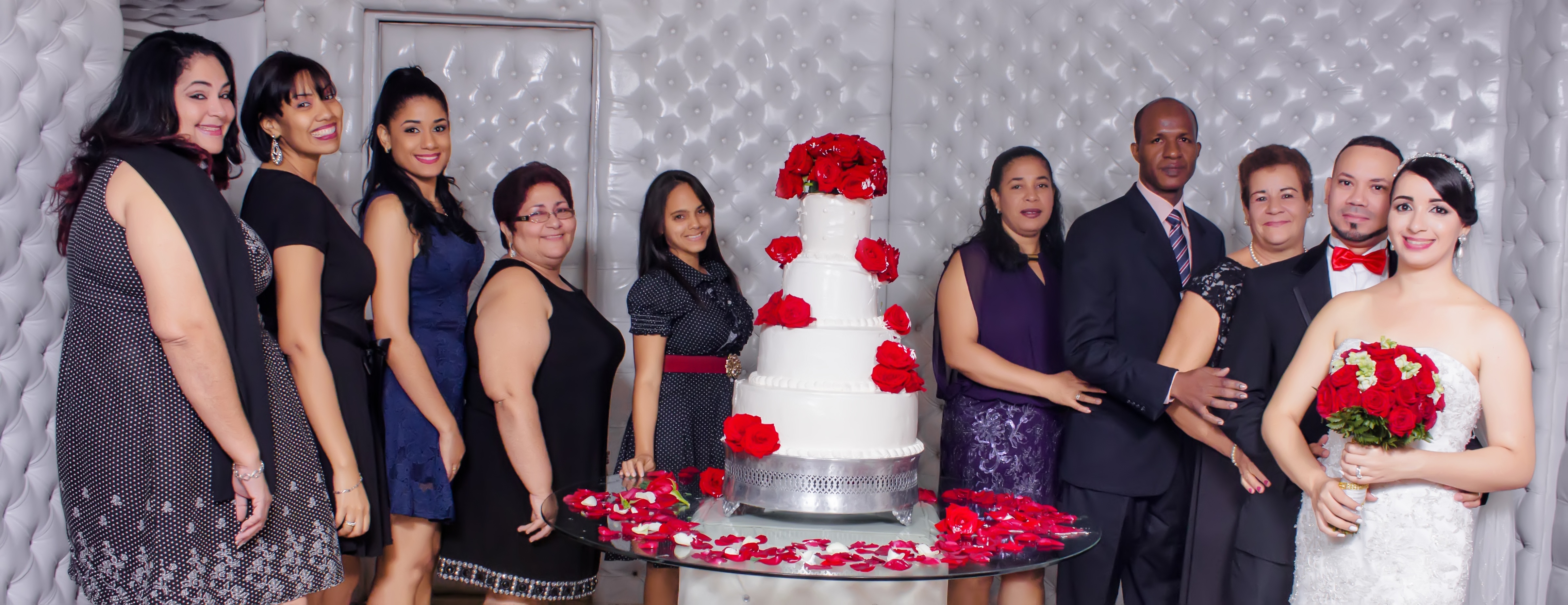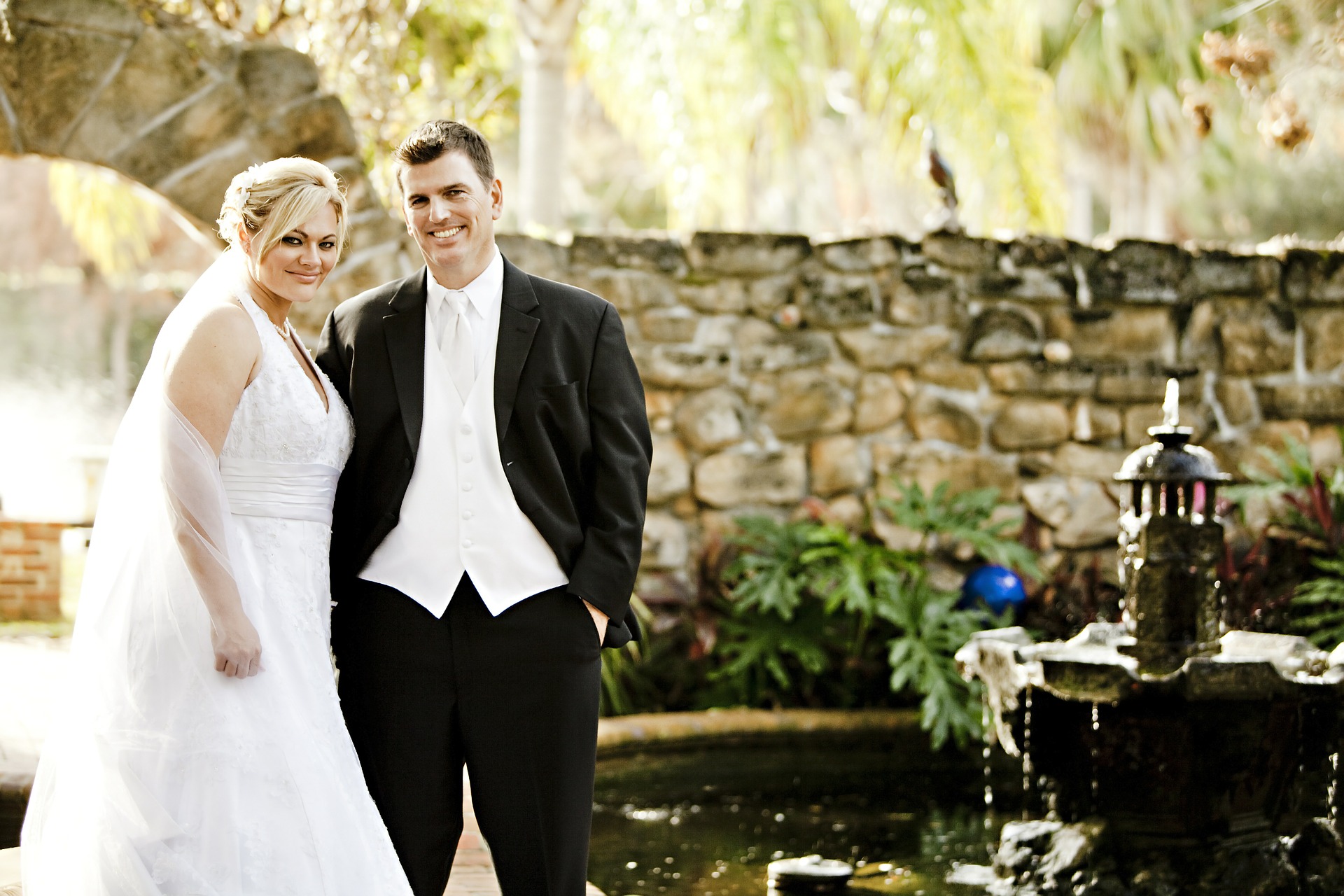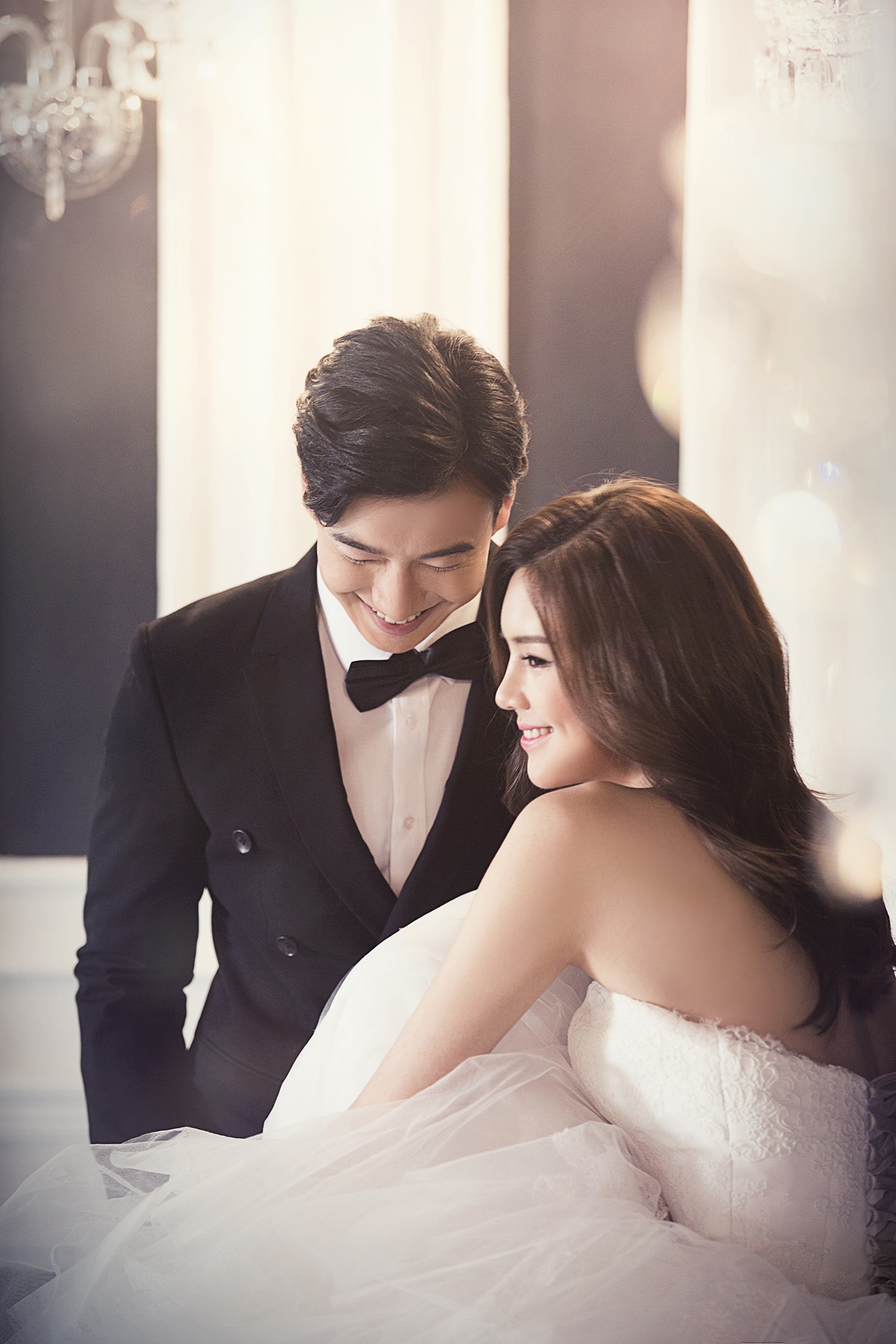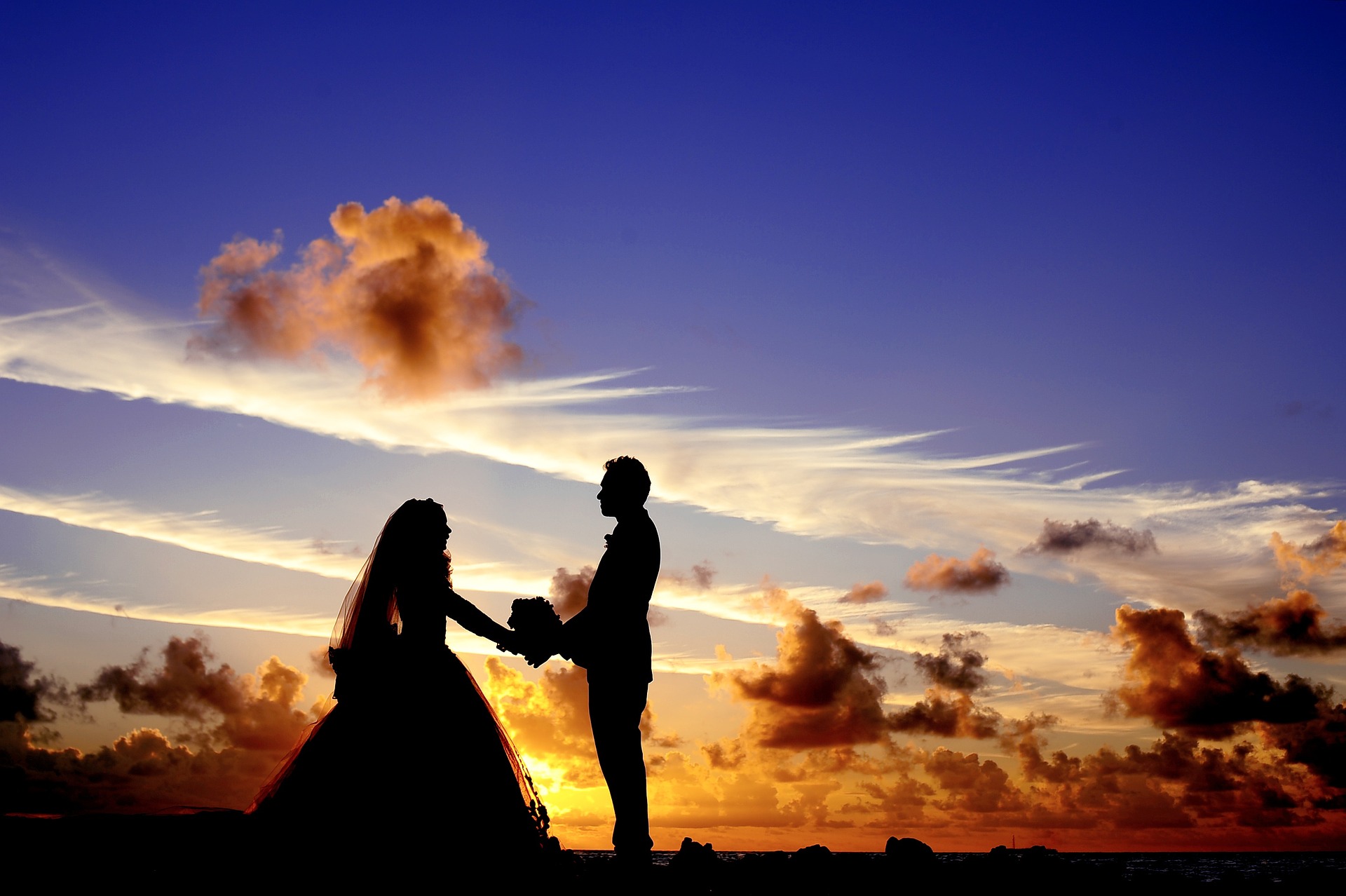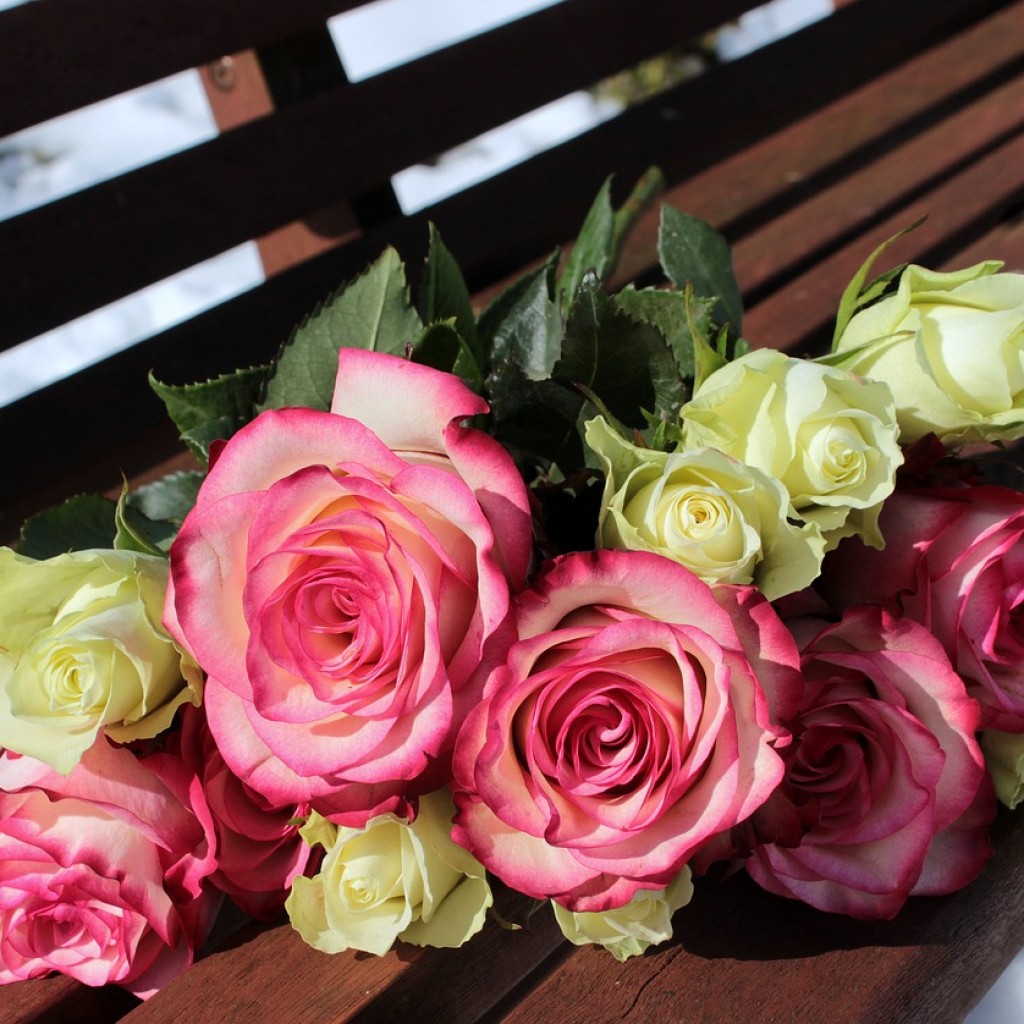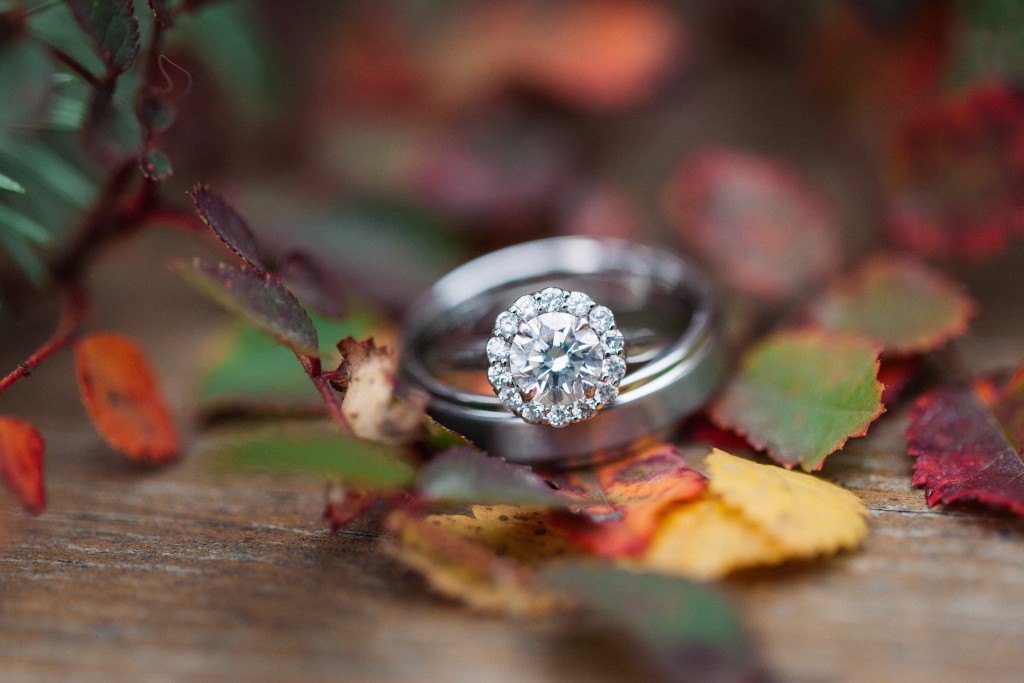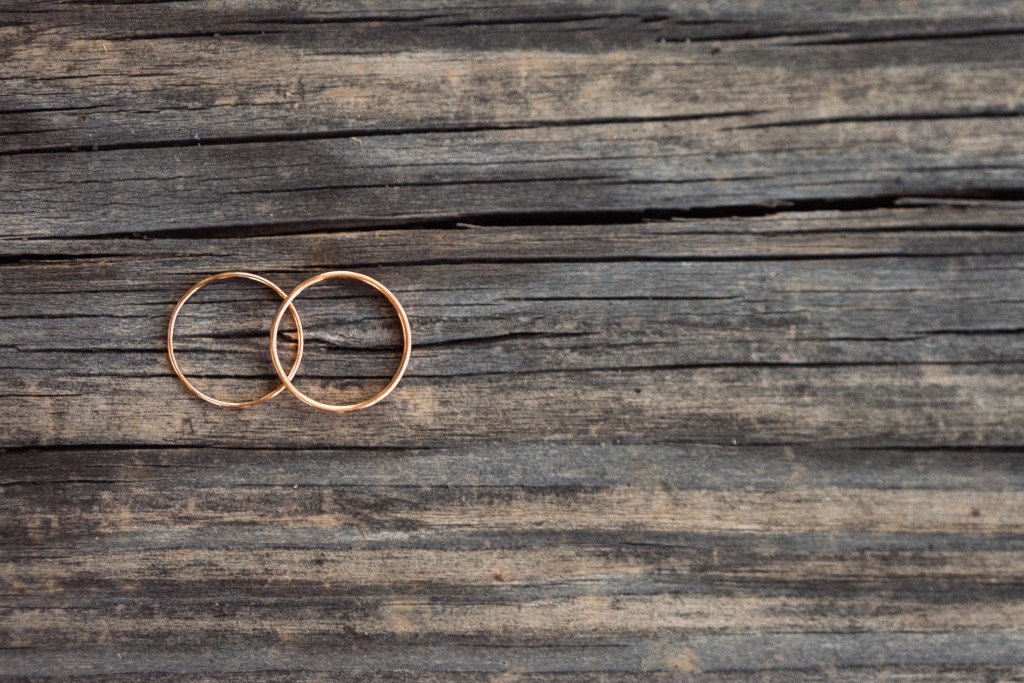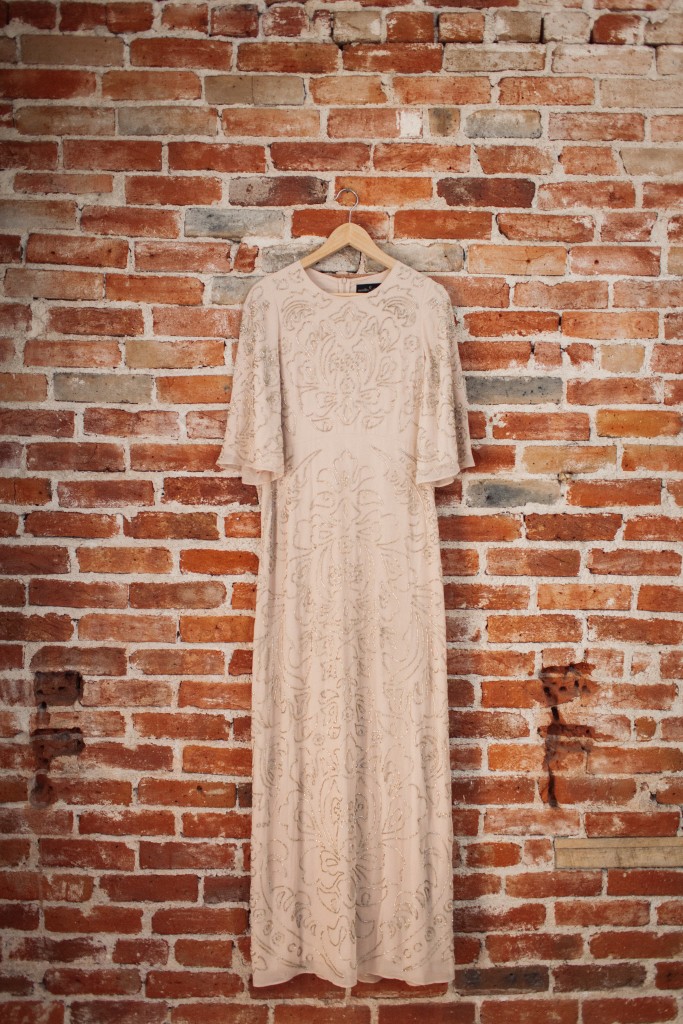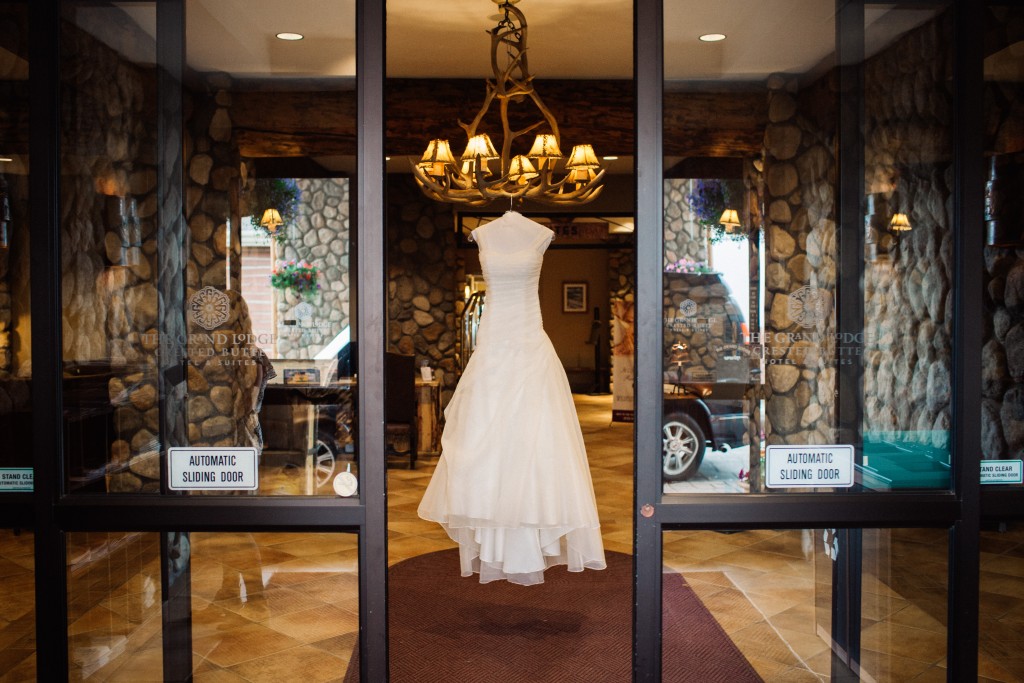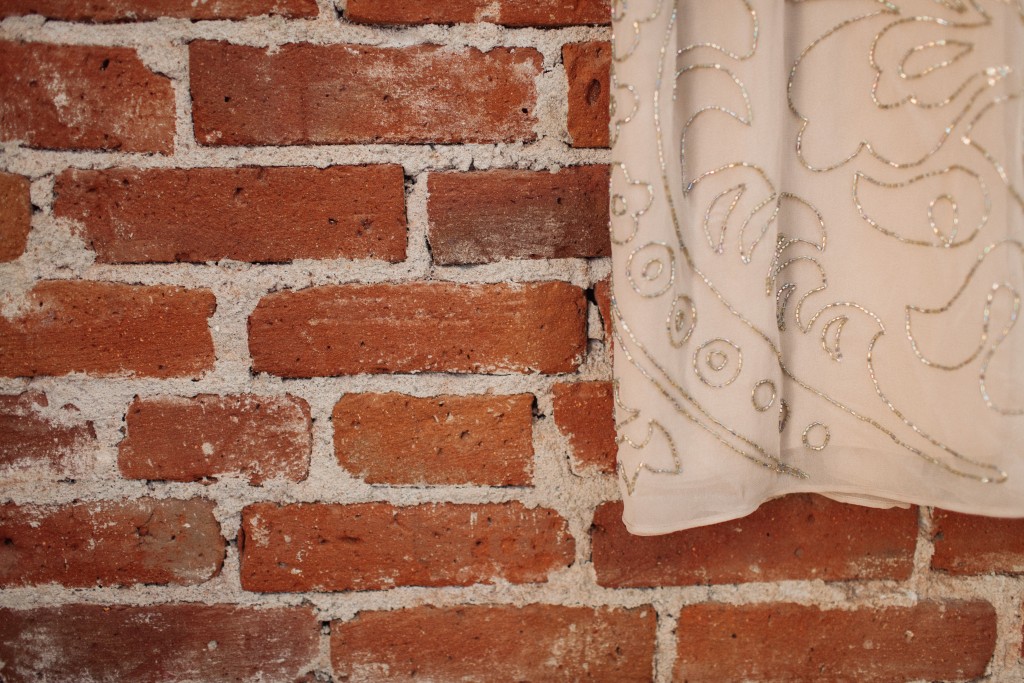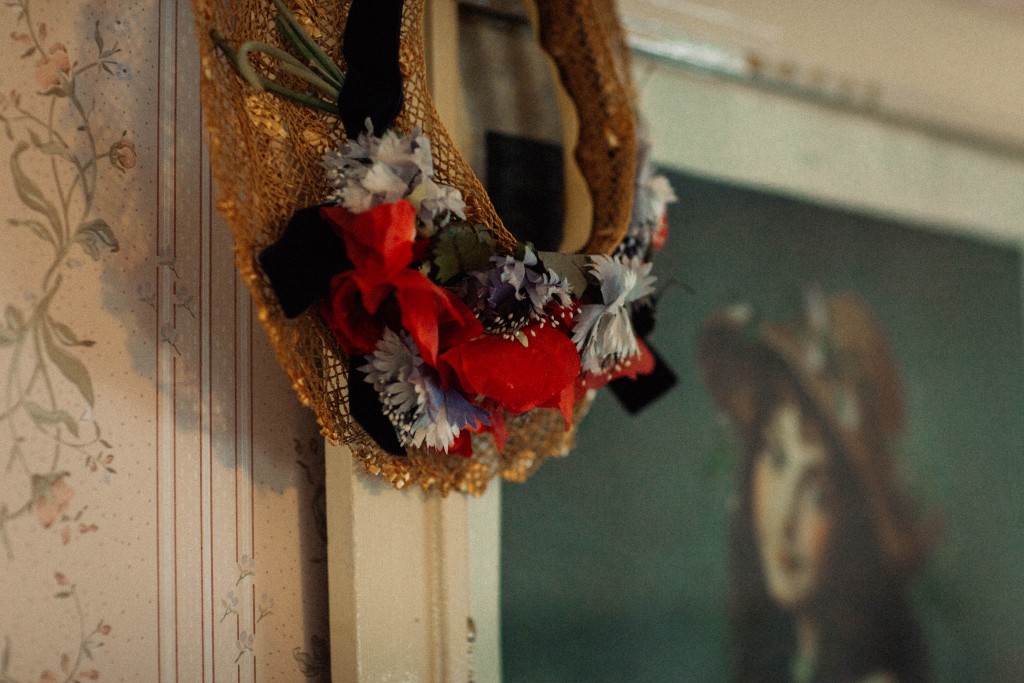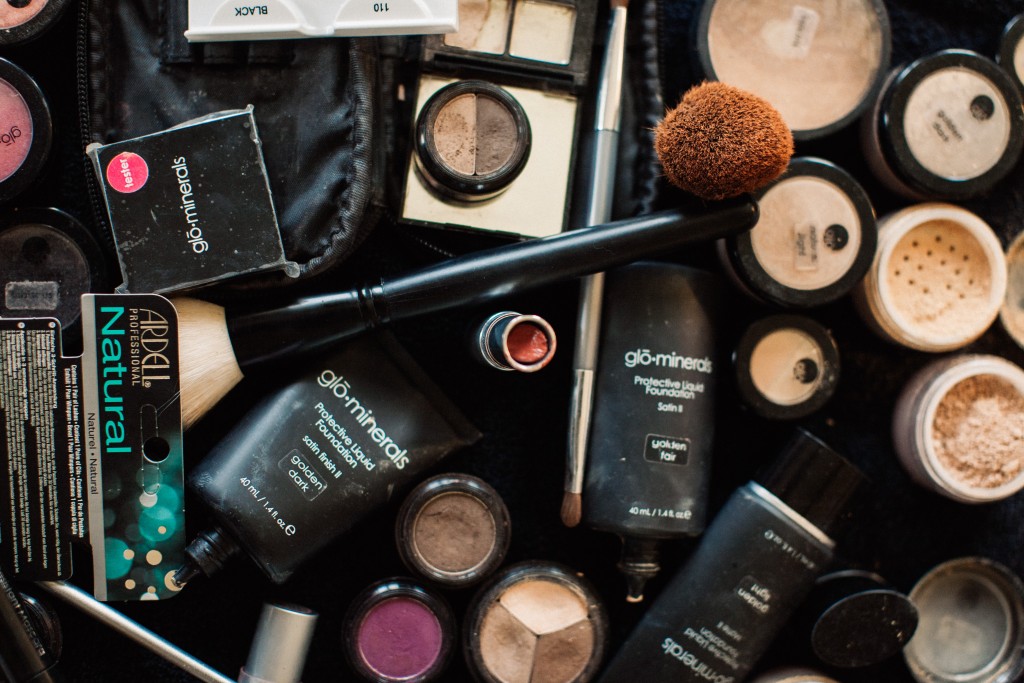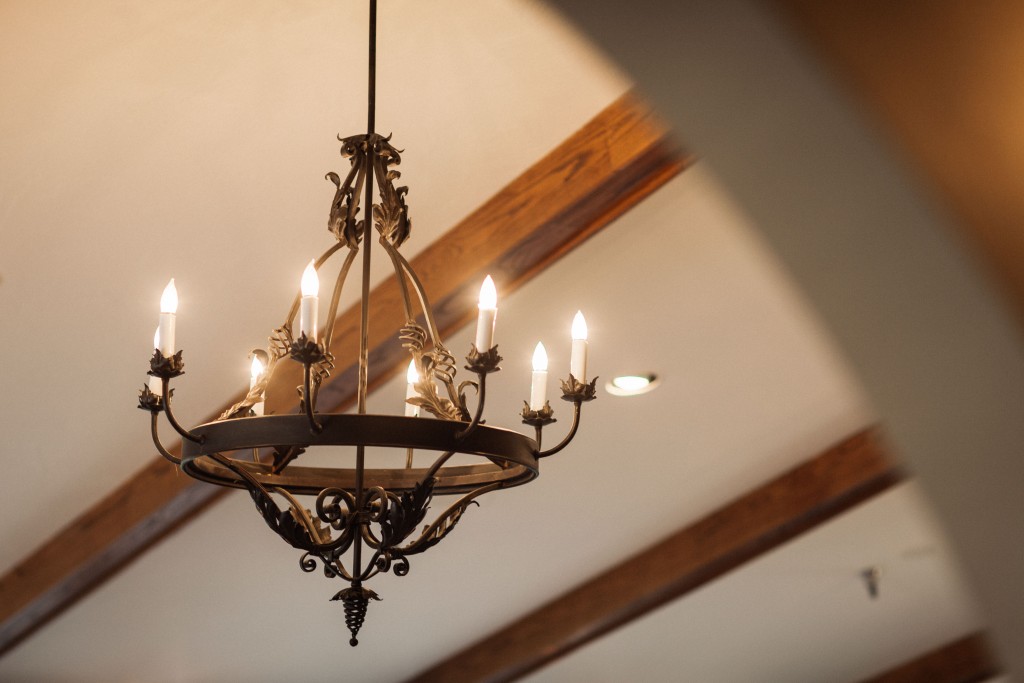Wedding photography is something that has a great deal of power behind it because it is one of the most important days for two people. Doing things right can make your wedding photography stand out, and it can also give your clients something they will treasure for many years to come.
One great way to get that lasting look is to use off-camera lighting techniques to get things just the way you want them.
To that end, here are five tips to get the perfect lighting for your wedding photography, or even a bachelor party!
1. Use a Softbox
A softbox is a great way to shape the light that you want for the pictures. By using a softbox with a grid, you can have a 50-degree angle of light, which creates a soft look for certain parts of the ceremony, and a harsher look when you need it. In addition, it gives you a great deal of creativity with your wedding photography. Using a softbox can give you more detail in the pictures, and more color on the skin tones of the people you are taking a picture of.
2. Ceremony Shooting
When you are shooting the ceremony, the lighting is incredibly important because you don’t want to use the flash in this regard unless you absolutely have to.
The only time you should ever use the flash is when the procession is walking down the aisle following the ceremony itself. In addition, the lighting of the flash should be incredibly low, so you don’t overexpose anyone or wash out the dress.
The best off-camera light to use here, if you need the flash, is to use speedlites. These will be set up in the corners of the room and it will allow for even light to bounce around. It will also give you sharp and detailed photos.
3. Build a Studio
When you are at the wedding, don’t be afraid to build a studio on-site to get the right portraits that you want. There are several light options in this regard, including:
- Use a key light that can go up to 12 feet in the air. The key light should be an umbrella light, which will allow for a greater amount of soft light to be used.
- On the other side of the key light, have a fill light that will serve as a counter balance to the key light.
- Use at least one rim light to separate people from the background and have the couple stand out even more.
4. Photographing a Group
If you are getting a photo of a large group of people, especially the wedding party, you want to keep drop shadows from happening. One person could end up causing a shadow over another person, and it can make the entire wedding photo look poor. You don’t want this.
You want your wedding party to have equal light and to have no one fade to the background. Yes, the bride and groom are important but everyone else should have an equal share of the light.
The best option is to have two key lights behind and to the side of the wedding party, umbrella lights if you prefer. Behind you, there should be two soft lights on either side.
That will create a nice soft light around everyone, and give you a great balance to the picture itself.
5. Best Course of Action
When you are shooting a wedding, your photos need to be striking, and they need to really highlight the bride and the groom.
They are your focal point. Don’t be afraid to test things out beforehand to get the right light balance. You only get one chance at this, so you want to do it right.
Wedding photos that look poor will cause you to lose work and can even lead to a lawsuit. Don’t let that happen.
Your best course of action is to always plan ahead and make sure that you get the right off-camera lighting for your wedding photography.
When you are taking wedding photos, there are a thousand things you have to contend with. You have to deal with the lighting of the church, or the lighting outside if it is an outdoor wedding. You have to deal with shadows, other people, even the color of the tuxedo and the dress itself. So many things can go wrong, but many things can go right when you use off-camera lighting.
There are many different setups you can try with off-camera lighting, so don’t be afraid to play around with it. See what you can create, and go with it. You should also detail your plans to the bride and groom so they know what you have planned, and so they can help you make the pictures look amazing.


